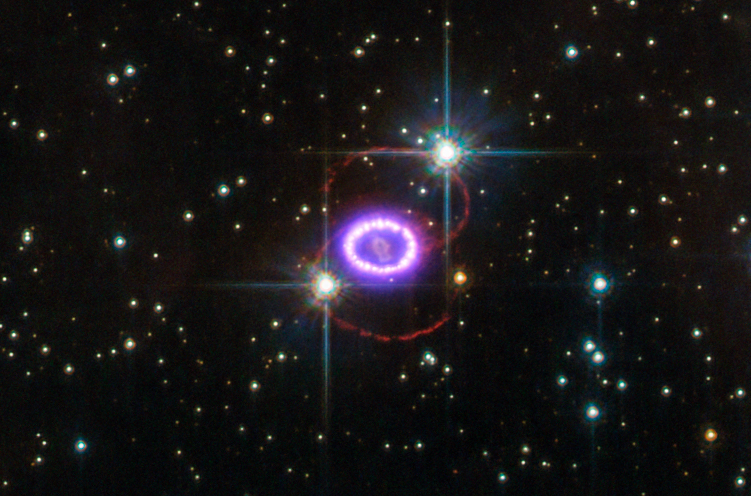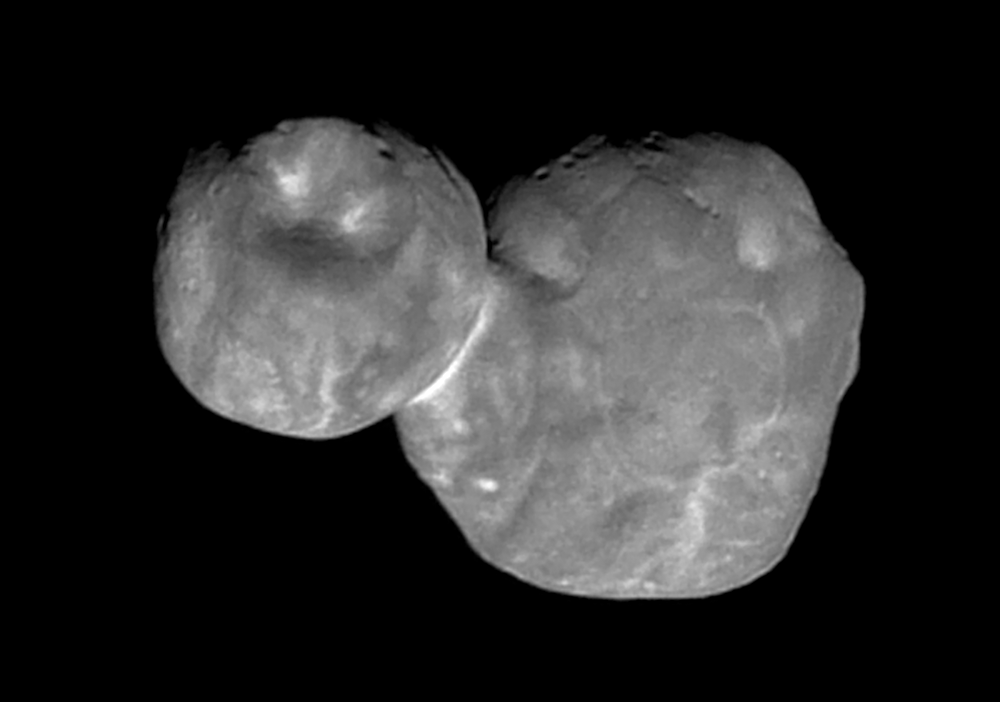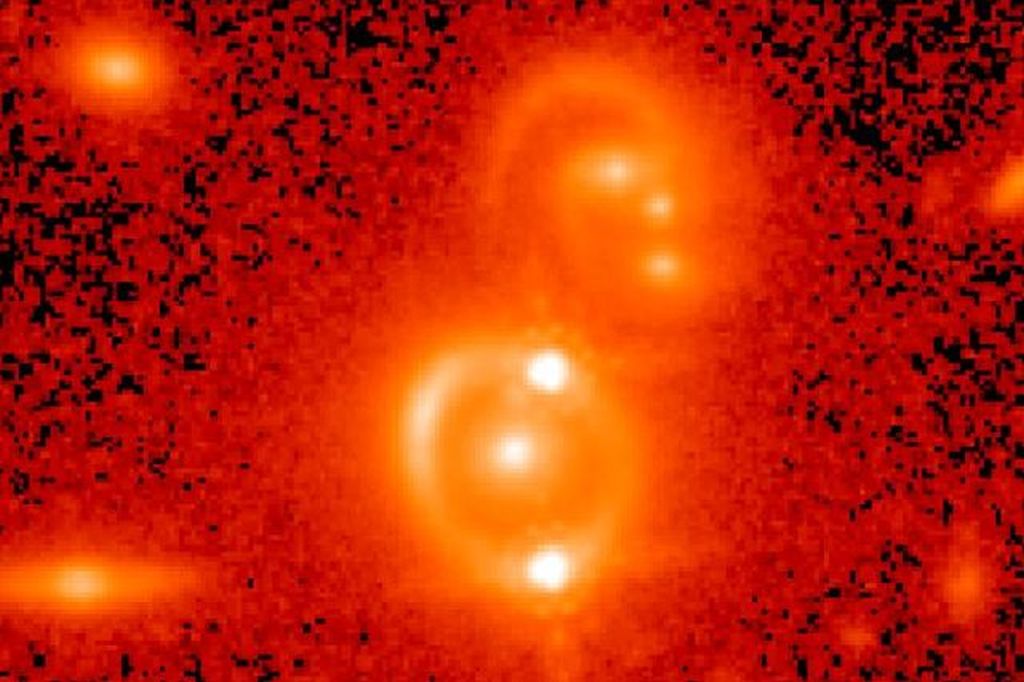When stars reach the end of their life cycle, many will blow off their outer layers in an explosive process known as a supernova. While astronomers have learned much about this phenomena, thanks to sophisticated instruments that are able to study them in multiple wavelengths, there is still a great deal that we don’t know about supernovae and their remnants.
For example, there are still unresolved questions about the mechanisms that power the resulting shock waves from a supernova. However, an international team of researchers recently used data obtained by the Chandra X-Ray Observatory of a nearby supernova (SN1987A) and new simulations to measure the temperature of the atoms in the resulting shock wave.
Continue reading “Astronomers are Continuing to Watch the Shockwaves Expand from Supernova SN1987A, as they Crash Into the Surrounding Interstellar Medium”








